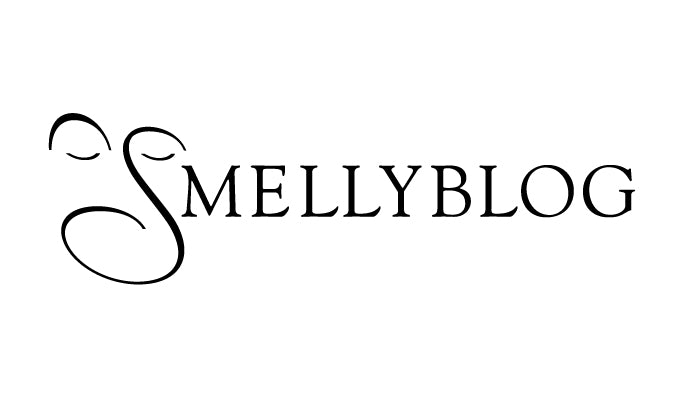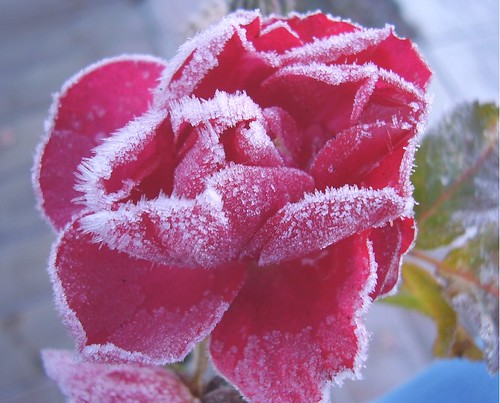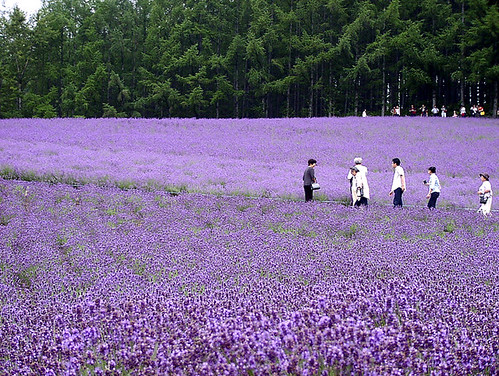Parfum Sacré
Parfum Sacré is a majestic marriage between the Sacred and the sensual. Through a veil of incense smoke and dark peppery dust, a voluptuous rose emerges blushing.
The scent wafts around like threads of incense smoke – myrrh, frankincense, pepper and dry rose. Rather than the powerhouse of condensed resins that so many orientals are famous for, Parfum Sacré wraps arounds, wafting in and out as it envelopes you with its dream-like quality.
The rose evolves backwards – instead of blooming, drying and dying, it grows out of the smoke and becomes younger, as if the petals’ thirst was quenched by the mere action of applying a perfume, bringing it to life. Perhaps it is the wearer’s own moisture that is now watering this green, lush rose, with its crisp dewy petals – as notes of violet leaf and iris make it even greener.
The powdery aspect of these notes takes over as the perfume dries on the skin and takes on the texture of a fluffy, powdery snow as it falls on a furry coat and gets caught in curly eyelashes and fluffy plume without melting. After dancing in the snow most of the night, you will wake up the next morning still surrounded by this magic cloud of powdery snow of incense, rose, musk and vanilla.
It’s hard to believe that this creation by Jean-Pierre Bethouart for Caron has happened so recently – 1990. But at least something good happened in the 90’s perfume wise and is still with us!
Top notes: Pepper, Frankincense
Heart notes: Rose, Orris, Violet
Base notes: Myrrh, Musk, Vanilla







